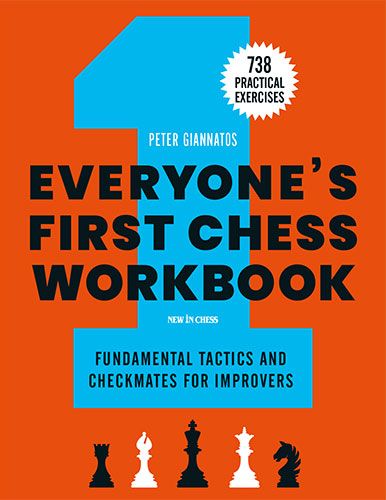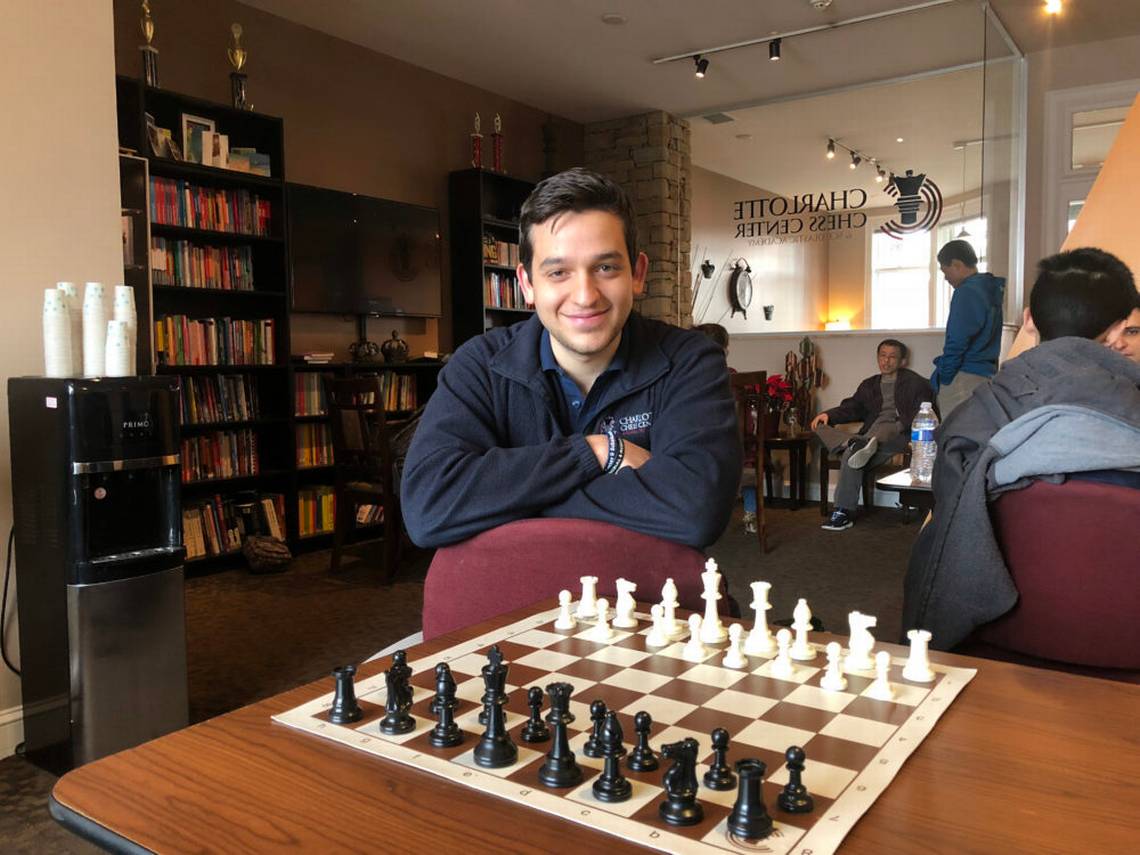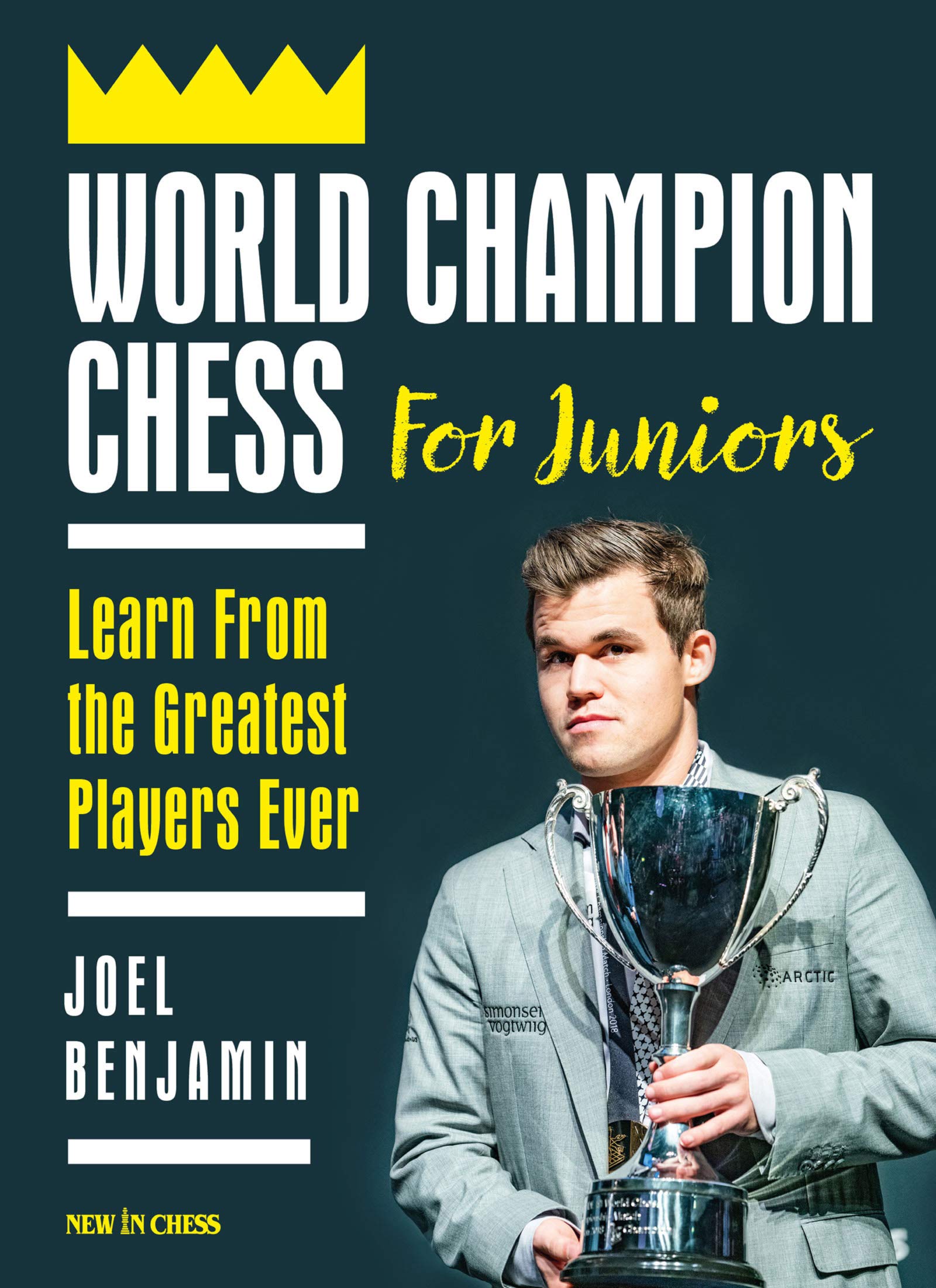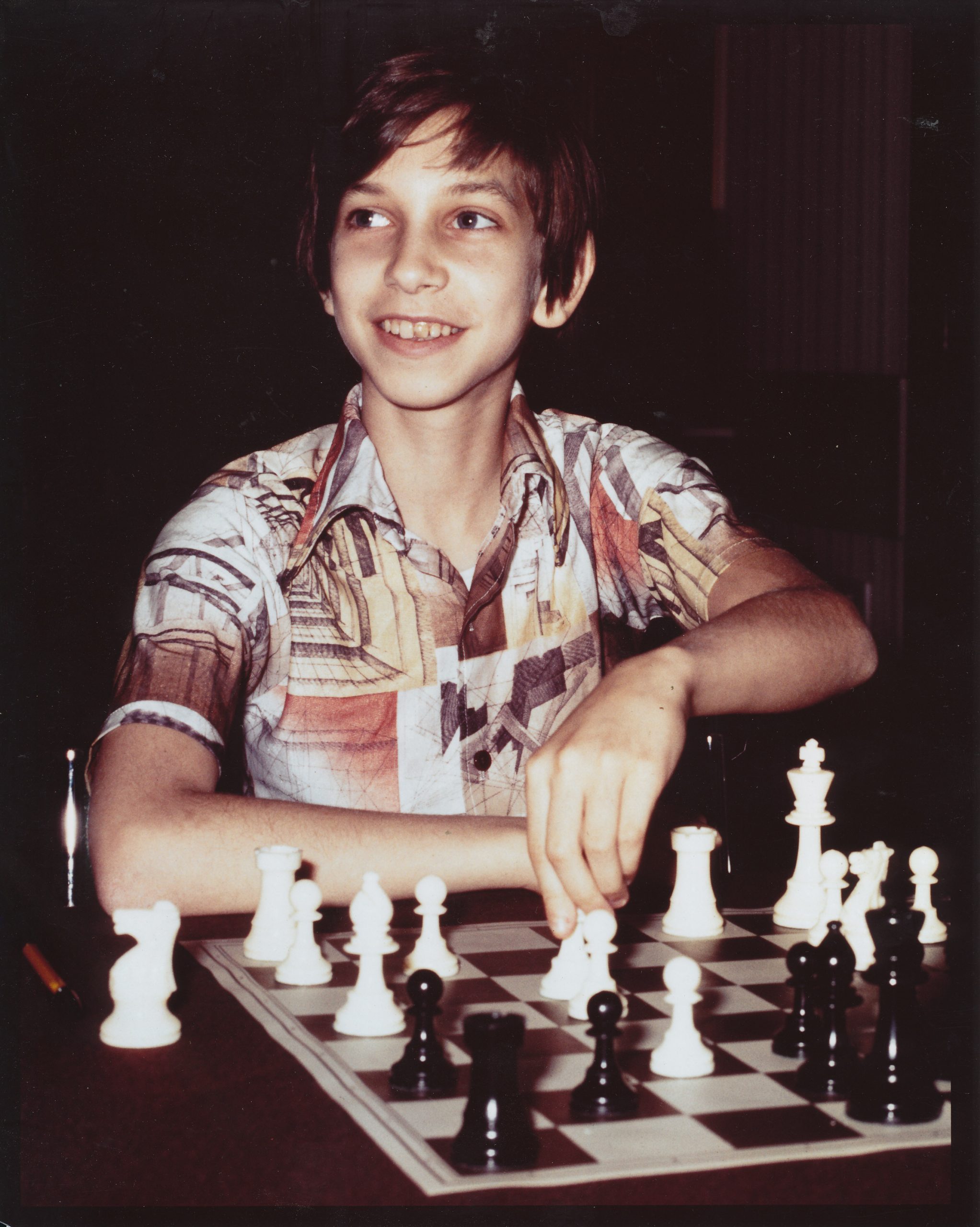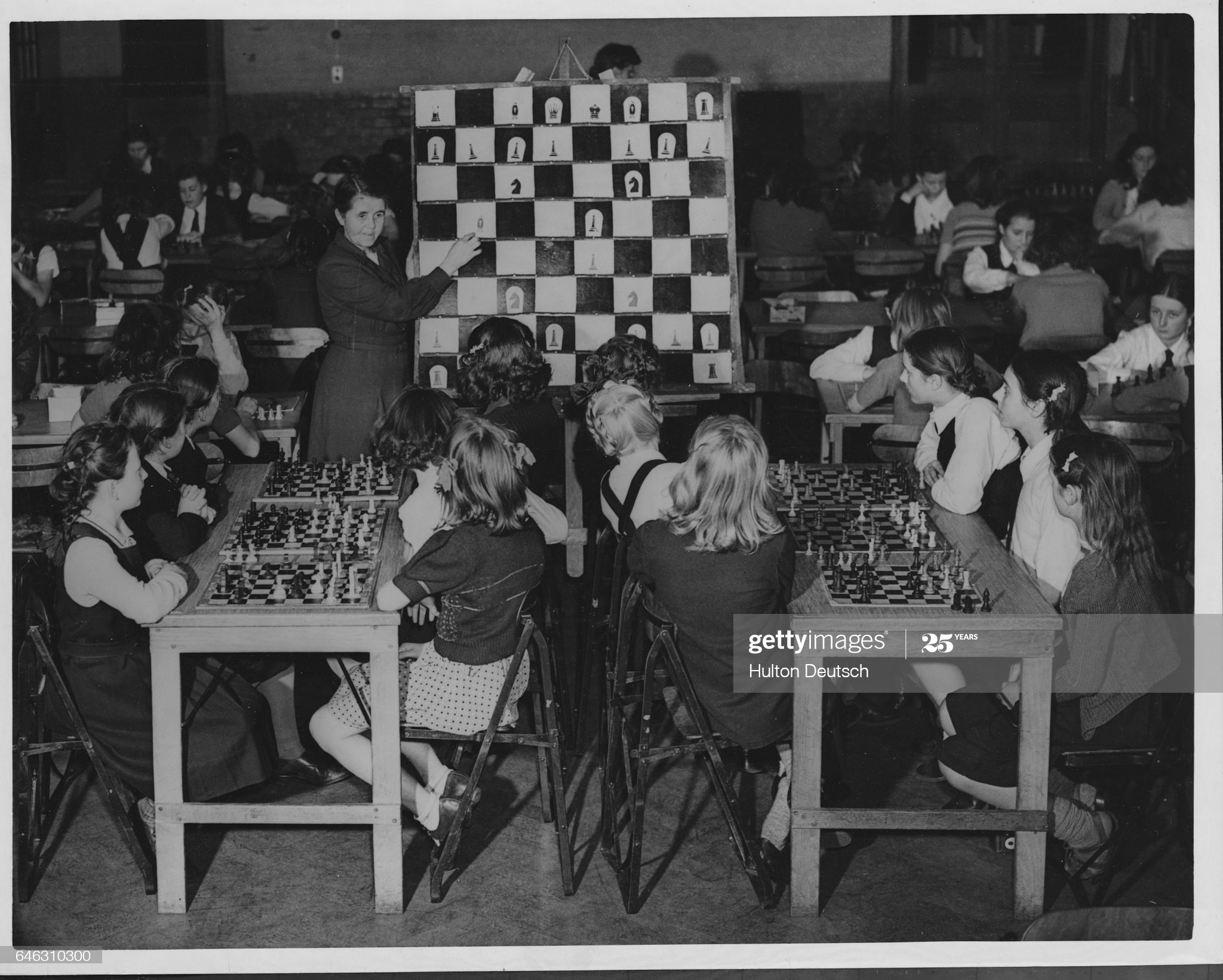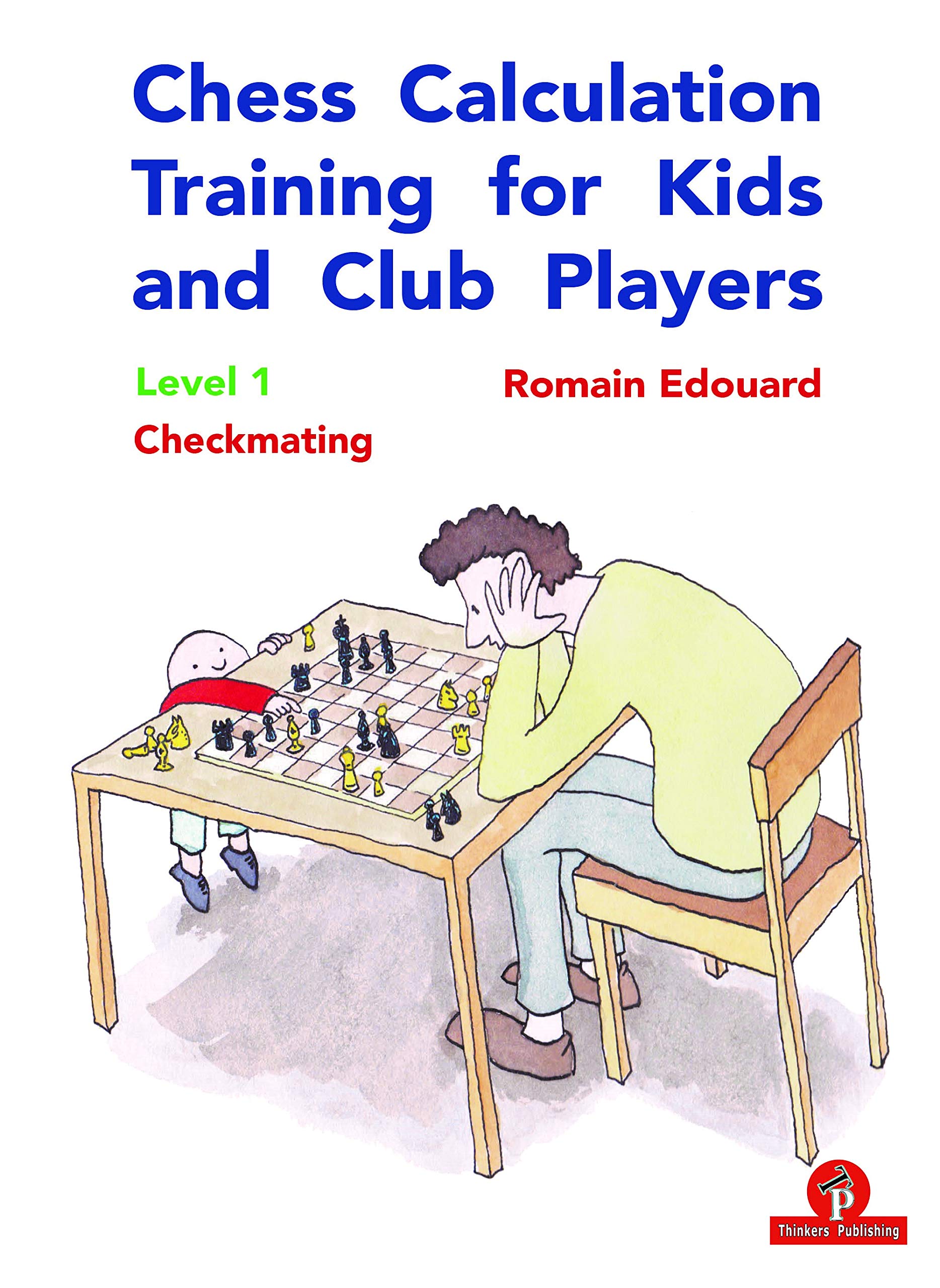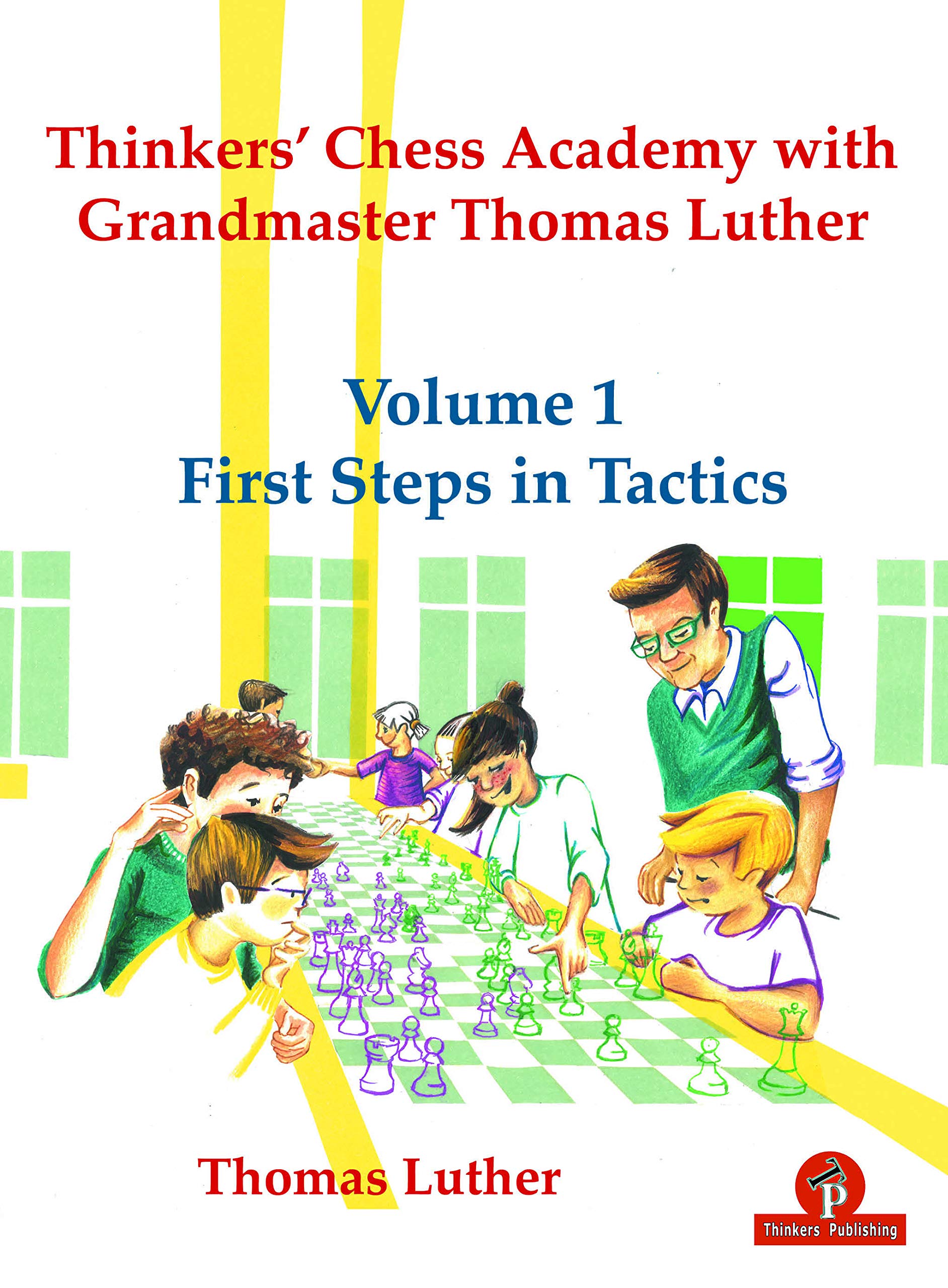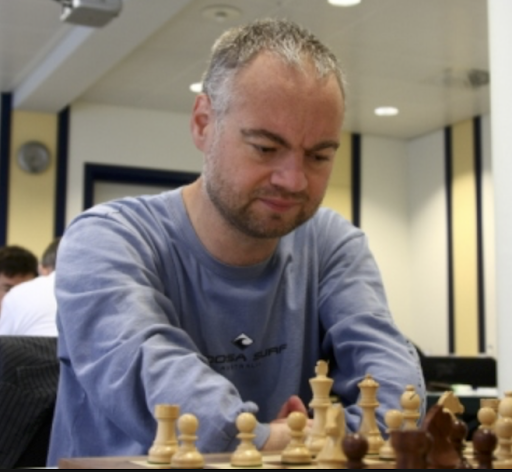Here’s a quiz question for you. What do these chess players have in common?
GM Luke McShane
GM Jonathan Rowson
GM Dmitris Anagnostopolous (formerly Demetrios Agnos)
GM Aaron Summerscale
IM Richard Bates
IM Gavin Wall
IM Ali Mortazavi
IM Tom Hinks-Edwards
IM Andrew Kinsman
IM Yang-Fan Zhou
IM Callum Kilpatrick
WIM Cathy Forbes
Well, you probably guessed the answer from the title of this article, didn’t you? They were all, along with many other strong players, a lot of whom could, had they chosen to do so, have reached at least IM level, members of Richmond Junior Chess Club between 1975 and 2006.
I could add a few more names as well, who were never members but friends of the club who took part in one of more of our semi-closed competitions. For example:
GM David Howell
IM Michael Hennigan
IM Matthew Wadsworth
I think you’ll agree that RJCC was one of the success stories of English junior chess over the past half century.
John Upham has kindly provided me the space to write a history of Richmond Junior Chess Club from its foundation in 1975 up to 2006, when I resigned as club director.
When I’m asked, as I often am, to explain how we were so successful, I can now point them in the direction of this series of articles. No: that’s a lie. I’ve never been asked this question by any junior chess organiser, and when I try to explain anyway, I’m usually cut off in mid-sentence. I wonder why.
People who don’t know me automatically assume from our successes that I’m a brilliant teacher and, when they met me, are disappointed to find out that I’m not: in fact, I’m not really a teacher at all. I have a combination of social, communication and speech disorders which means I’m not very good at standing front of an audience talking or keeping a class of children under control. I’m also not a brilliant chess player, although, by most standards, I’m reasonably competent (about 1900-2000 strength for the past 50 years).
What I did, and do, have is this: I’m an efficient organiser, reliable, conscientious and detail oriented. I take a pragmatic, logical and structured approach to everything I do, rather than being influenced by emotions. Children enjoyed my company, as is often the case with adults whom they perceive as ‘different’ in some way, and I, in turn, enjoyed their company.
You might think I’m not the obvious person to run a junior chess club at all, least of all one as successful as RJCC. But this is a story which might challenge your views about education, about children, about chess, and about how these should interact. You might also think it’s a story about leadership, and how those who appear not to have leadership qualities can, in some instances, be very successful.
What we did at RJCC was very different from any other junior chess club at the time or subsequently. You’ll find out how this developed as the years went by through this series of articles. One example of how we took a very different approach was that, once children had reached the level where notation was worthwhile, we’d collect scoresheets from all our internal competitions to enable us to find out everything we could about how all our members played chess. I have a database of nearly 17000 games played at Richmond Junior Chess Club over a period of almost 30 years, and I’ll use this to illustrate the club’s story.
Anyway, I’ll now take you back half a century, to the summer of 1972. I’d just completed my education and, at the same time, the Fischer – Spassky match was on the front page of all the papers. Suddenly a lot of parents wanted their children to learn chess, and several of my parents’ friends, knowing I played chess, asked if I could teach their children. I’d been bullied throughout my schooldays and couldn’t wait to grow up so that I’d never have to have anything to do with children again, but not wishing to disappoint people by saying no, I reluctantly agreed. Sometimes fate plays strange tricks on you. Much to my surprise, the lessons seemed to go well: my pupils made good progress and the idea of starting a junior chess club occurred to me.
At about this time I met a remarkable man named Mike Fox at Richmond & Twickenham Chess Club. We had quite a lot in common: apart from both being passionate about chess, we both enjoyed teaching children, had a shared sense of humour and even a shared birthday, although 17 years apart. In other ways, though we were total opposites: he was tall and sporty, I was short and unsporty, he was an extreme extrovert, I was an extreme introvert, he played aggressive tactical chess, favouring the King’s Gambit (19th Century Fox, we called him) and the Sicilian Dragon, while I played rather dull and cautious chess. He was running a chess club at his son’s school and had had the same idea as me.
We were also getting some younger children coming along to Richmond & Twickenham, even though it was rather late for them. It was also not really suitable as, naturally enough, they wanted to run around and chat rather than play quietly.
We put the three groups together: my pupils, Mike’s pupils and the children from RTCC, booked our club venue, a church hall in Richmond, for Saturday mornings, and, at some point in the autumn of 1975 (the exact date is lost in the mists of time) Richmond Junior Chess Club, at that point part of Richmond & Twickenham Chess Club, opened its doors for the first time.
It was just something very informal where children could come along, meet their friends, play some chess and perhaps learn something in the process. And it was also very cheap: children would come along with their 10p, 20p or whatever it was per week, which just paid the venue costs. Of course, Mike and I were unpaid volunteers, just running the club for the love of chess. I rather expected it to be something like Charlie Brown’s baseball team: losing every match but providing a lot of fun. Today we’d call it a social chess club or a community chess club. The tagline on our first flyers was “Hey kids! Meet your mates at Richmond Junior Chess Club!”. It was just somewhere to meet your friends, not a club for budding masters.
We soon started running both internal and open competitions, which became more and more popular, and hosted a visit by a Danish team. On one occasion the saintly Bob Wade looked in and gave a talk on a master game. I remember at the time thinking, although we were both big fans of Bob, that I didn’t see the point of that sort of lesson for young children. (My views are no different today, but now I can justify them by quoting educational theory.) My other abiding memory of Bob, by the way, was a few years later, when he dropped into a London Junior Championship qualifying tournament at nearby Hampton School and unobtrusively helped set up the pieces between rounds: very typical of the man.
There was some coaching built in as well, with Mike giving lessons with his customary humour. The one I remember took place on Saturday 1 April 1978, when he demonstrated to the audience a new opening, which, I seem to recall, involved moving your knight out and back again to avoid creating any weaknesses. This, he explained, was called the Oliphant Opening, named after Francis Oliver Oliphant Leonard. Check out the first letters of his names and the day of the lesson. Mike also, as I do, loved using acronyms as a learning tool: KUFTE (King Up For The Ending) was one of his favourites.
At some point we introduced notation for our older and stronger players in club games as well as tournaments and in 1977 I started keeping them. Being someone with hoarding tendencies, I decided to hold onto them just in case they’d come in useful later. I was very pleased that I did: I started entering RJCC games in ChessBase in 1992 and eventually entered scoresheets of the 4000+ games I’d collected up to this point. Now, when I hear from former members from the early days, they’re in equal parts delighted and embarrassed when I send them pdfs of their games.
It had become clear from very early in the club’s history that something remarkable was happening. Back in 1976-77 future IM Gavin Wall became our first London Junior Champion: these days he plays top board for Richmond and captains our London League team. Another of our very early members was future IM Andrew Kinsman: I knew his late father Ken, who played chess for Wimbledon.
Some of our early members have achieved eminence in fields other than chess. This game features author and psychologist Kevin Dutton (we’re in touch on Twitter) against top lawyer Ian Winter (I gave him some private tuition at the time of this game: his parents were friends of my parents: I’m still indirectly in touch). To put it another way, an expert on psychopaths against one of Harold Shipman’s defence team. Click on any move in any game in this article for a pop-up window.
This exciting game was published in the Richmond & Twickenham Chess Club newsletter. I’m in contact with Craig Gawler, who, like several other former members, chose to opt out of the rat-race. His now a guitarist with a love of Flamenco music, living in Barcelona where he runs a junior chess club based on the principles of the original RJCC: a fun club rather than a club putting children under pressure to become prodigies. Just like me, and for exactly the same reasons, he’s unhappy about recent trends in junior chess.
Here’s an early Gavin Wall game: many years later his opponent would bring his daughter along to Richmond Junior Club.
At some point round about late 1979 or early 1980 Mike’s job as the creative director of an advertising agency took him to Birmingham, so I was, rather reluctantly, left alone in charge of what was rapidly becoming a very successful club. Mike and I made an ideal partnership: he was the charismatic frontman, while I was the backroom worker. To put it another way, if you like, I was the Gordon Brown to Mike’s Tony Blair. Being the frontman wasn’t a role in which I was naturally comfortable, but I just had to do my best.
Over the next year or two we attracted a lot of strong new members. One in particular, then using the name Demetrios Agnos, a pupil at a local primary school, impressed with a maturity well beyond that of most of his peers.
I didn’t realise it at the time, but I now understand the real purpose of Richmond Junior Chess Club was to build a chess community. In that we undoubtedly succeeded. Producing international players like Gavin Wall and Demetrios Agnos was merely a by-product. When I speak to former members from that period today – and from time to time someone will get in touch via social media – they always tell me how much they enjoyed RJCC and how much they enjoyed spending time with Mike and myself.
One of our earliest members whose games feature in the database was Simon Illsley: he’s just joined Richmond & Twickenham Chess Club for the first time for the 2022-23 season. As a pupil at Hampton (Grammar) School he taught a friend, Andrew Hebron, to play. Andrew is also now a member of RTCC.
This game from a 1980 training tournament. between Sampson Low and Mark Josse, demonstrates again the power and influence of the chess community Mike and I created. Sampson (whose family company has published a few chess books over the centuries) is now Secretary of Richmond & Twickenham Chess Club as well as being involved in the organisation of the Thames Valley League. Mark plays for Surbiton, and occasionally for Richmond in the London League. Now retired from a career in the Metropolitan Police, he also coaches at the current Richmond Junior Chess Club.
My next article will cover what happened in Richmond Junior Chess Club in the early 1980s. Come back soon for the next episode in the club’s history.

